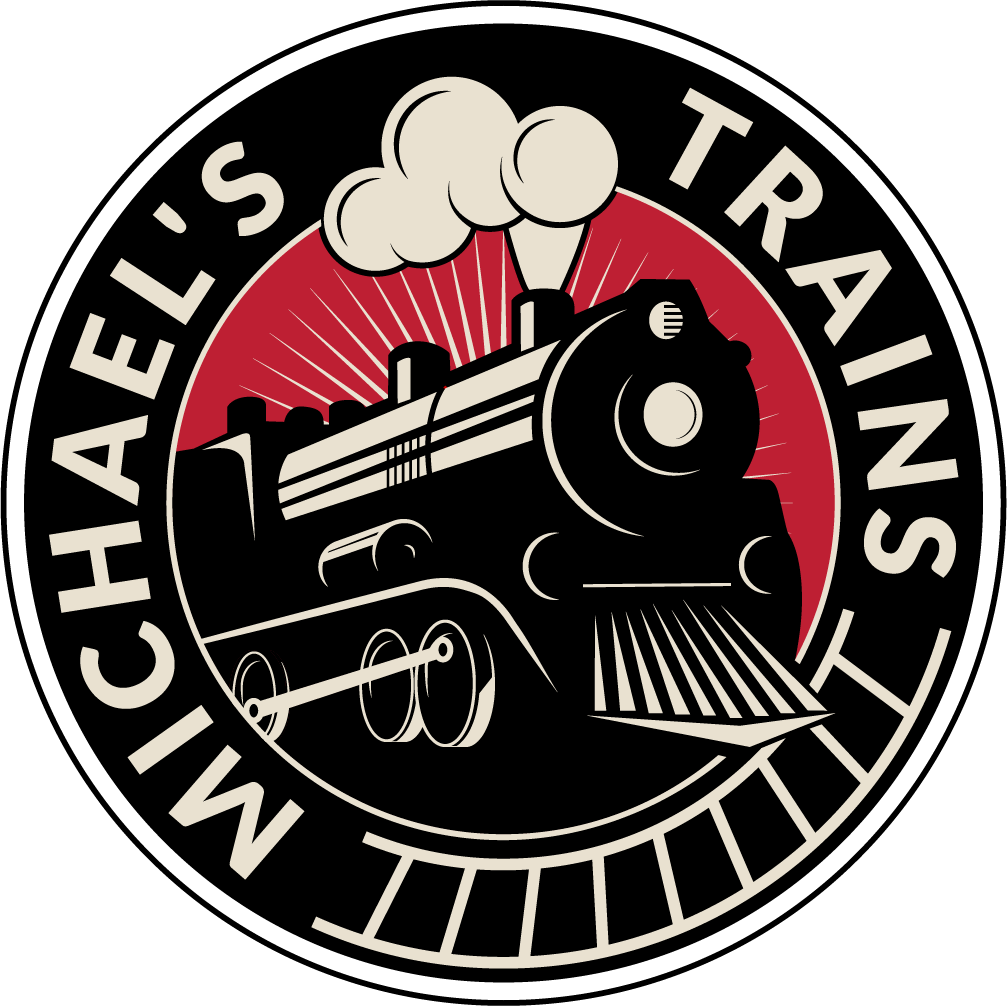Demystifying N Scale Track Codes: Understanding Their Purpose and Meaning
Introduction:
When it comes to model railroading, enthusiasts have a wide range of scales to choose from. Among them, N scale has gained popularity due to its compact size and intricate detailing. To ensure compatibility and consistency across various manufacturers, N scale track codes play a vital role. In this article, we will delve into the world of N scale track codes, exploring their purpose and deciphering what they mean.
What are N Scale Track Codes?
N scale track codes are standardized designations used by manufacturers to classify and identify different types of tracks and components within the N scale system. These codes provide vital information regarding the track's dimensions, geometry, and electrical characteristics. By adhering to these codes, model railroaders can ensure compatibility between tracks, locomotives, and rolling stock from different manufacturers.
Understanding the Meaning:
-
Track Code Numbers: N scale track codes are usually represented by a combination of letters and numbers. The numbers in the code represent the track's height, measured in thousandths of an inch. For example, Code 55 indicates a track height of 0.055 inches, while Code 80 represents a height of 0.080 inches. The higher the code number, the taller the track.
-
Letter Designations: Accompanying the track height, letter designations are used to describe the track's specific features. The most common letter codes are as follows:
- F: Represents a flex track, which allows modelers to create customized curves and layouts.
- S: Indicates a standard straight track section.
- C: Denotes curved track sections with specific radii.
- X: Represents a crossing or diamond track section.
- Y: Indicates a turnout or switch, allowing trains to change tracks.
- A: Represents an accessory, such as bumpers, uncoupling tracks, or rail joiners.
By combining the track height code with the letter designations, model railroaders can identify and select the appropriate track pieces for their layouts.
Purpose and Importance:
N scale track codes serve several important purposes in the model railroading community:
-
Compatibility: By adhering to track codes, manufacturers ensure that their tracks are compatible with other components from different manufacturers. This compatibility allows model railroaders to mix and match tracks, locomotives, and rolling stock, providing flexibility in creating diverse layouts.
-
Realism: N scale track codes help maintain a realistic appearance by accurately representing different track heights found in real-world rail systems. This attention to detail enhances the overall authenticity of the model railroad.
-
Consistency: Standardized track codes promote consistency within the N scale system. Modelers can rely on these codes to make informed decisions about track purchases, repairs, and expansions, knowing that the pieces will fit together seamlessly.
Conclusion:
N scale track codes play a fundamental role in the world of model railroading. These standardized designations allow modelers to identify and select the appropriate tracks and components for their layouts while ensuring compatibility and maintaining realism. By understanding the meaning behind track codes, enthusiasts can confidently navigate the vast array of options available and create intricate and realistic N scale railroad systems. So, whether you're a seasoned model railroader or just starting out, embracing the world of N scale track codes will undoubtedly enhance your modeling experience.


